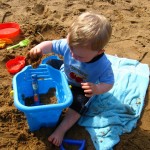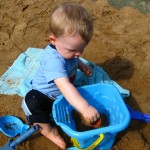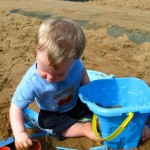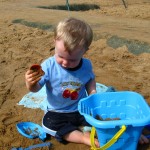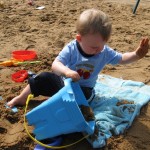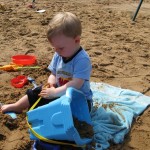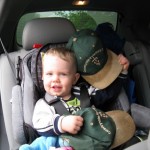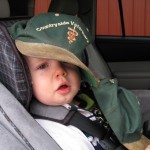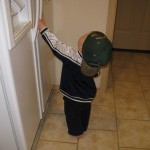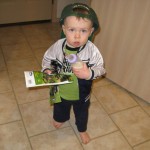MICHAEL JACKSON: CREATIVITY AND BIPOLAR DISORDER
In her book, Touched With Fire: Manic-Depressive Illness and The Artistic Temperament , Kay Redfield Jamison researched the relationship between creativity and madness. Looking at Poet Laureats of England, and their family histories, she found that, yes, there was a statistically significant greater incidence of institutionalization for mental illness and suicide in these highly creative people and their ancestors.
Jamison concluded that manic-depressive disorder, unless treated with medication and/or psychotherapy, was a TERMINAL ILLNESS — e.g., highly likely to end in death from direct suicide or the slower suicide of alcoholism and other addictions.
In her next book, An Unquiet Mind: A Memoir of Moods and Madness, Jamison, a neuro-psychiatrist, presented herself as suffering from manic-depressive disorder (recently renamed as “bipolar disorder”) of an extreme form, including psychotic hallucinations. When depressed, she saw blood streaming down her windows; when manic, she bought all the snake bite kits in her city, fearing an overrun of snakes.
Jamison describes the difficulty in giving up the manic state, giving up the poetic, mysterious, depressive boyfriends, the heightened sense of aliveness. But she also describes the final pleasures of stable relationship and stable moods. She also sees psychotherapy as a viable option to long-term medication.
I did not know Michael Jackson. I cannot diagnose him. But I wonder when I see “super-human” people, many of them performers, crash and burn. Jamison says, “Manic-depressive disorder is a terminal illness.”
Manic-depressive, or bipolar, disorder comes on a continuum of severity, from the mild ups and downs of mood to more pronounced cycles of mood to the extremes of psychotic hallucination. It is not uncommon for great artists to wake up with a whole symphony written in their head, to stay awake for several days writing it all down, to be bursting with energy. This can be a manifestation of mania.
Does that mean the person is mentally ill, and not creative? Not at all. The creations stand as authentic. It is only the ravages of such creativity on the physical body, and the effect of its cyclical aftermath of depression upon the creator that is of concern.
I hope that, using Jamison’s wisdom and research and personal experience, we can help our “super-humans,” those with monstrous creativity, to receive help that might stabilize their lives and help them stop self-medicating with addiction and STAY ALIVE, without putting out their mighty creative spark.
Creative Edge Focusing (TM) teaches self-help skills, Intuitive Focusing, which can be used for centering and unfolding one’s creativity by “listening” to the inner self, and Focused Listening, helping another to articulate their creative ideas and heal emotional stuckness and overwhelm.
Find free instructions and downloads as well as classes and Focusing-Oriented therapy below:
Free Downloads:
Complete Focusing Instructions Manual (17 pages)
“Ajas” Instantaneos Mini-Manual
Creative Edge Focusing (www.cefocusing.com ) teaches two basic self-help skills, Intuitive Focusing and Focused Listening, which can be applied at home and at work through The Creative Edge Focusing Pyramid.
Based upon Gendlin’s Experiential Focusing (www.focusing.org ) and Rogers’ Empathic Listening, our website is packed with Free Resources and instructions in these basic self-help skills. Learn how to build Support Groups, Conscious Relationships, and Creative Edge Organizations based upon these basic skills of emotional intelligence.
You can try out “Focusing: Find Out What Is Bothering You.”
Click here for a free Intuitive Focusing Mini-Course
Click here for a free Focused Listening Mini-Course
See Core Concept: Conflict Resolution to find a complete mini-course on Interpersonal Focusing and Conflict Resolution, including Rosenberg’s Non-Violent Communication, Blanchard’s “One Minute Apology,” Patricia Evan’s books on Verbally Abuse and Controlling Relationships, McMahon’s Beyond The Myth Of Dominance, and much more.
See Core Concept: Intimate Relationship to find a complete mini-course on increasing intimacy and sexuality, including the “Sharing Your Day” exercise, Listening/Focusing Partnerships for The Way of Relationship, untangling and equalizing desire, tantric sexuality, and much more.
Download complete Instant “Ahah!” Mini-Manual, in English and Spanish, from CEF Website, or download from links at top of this blog.
Find links to free articles, personality tests, multi-media Self-Help training, Classes and workshops
Dr. Kathy McGuire, Director
